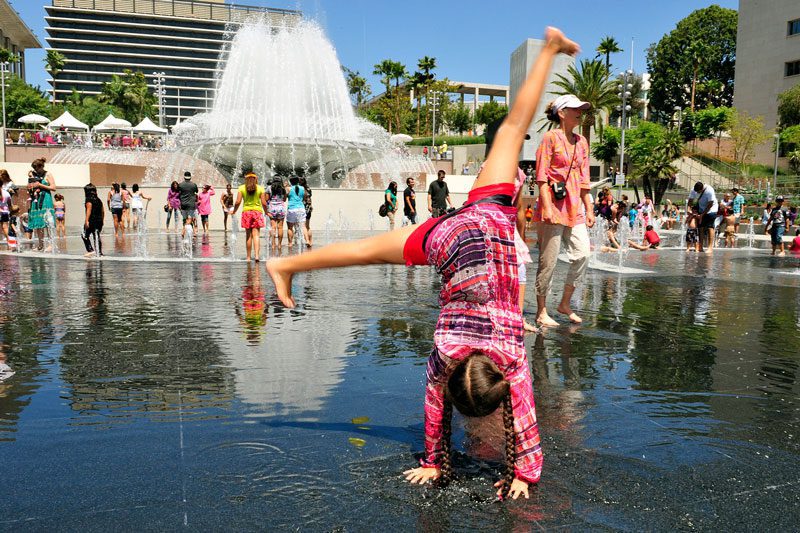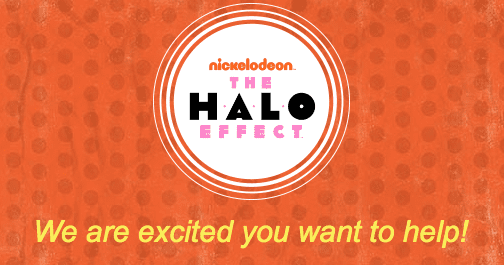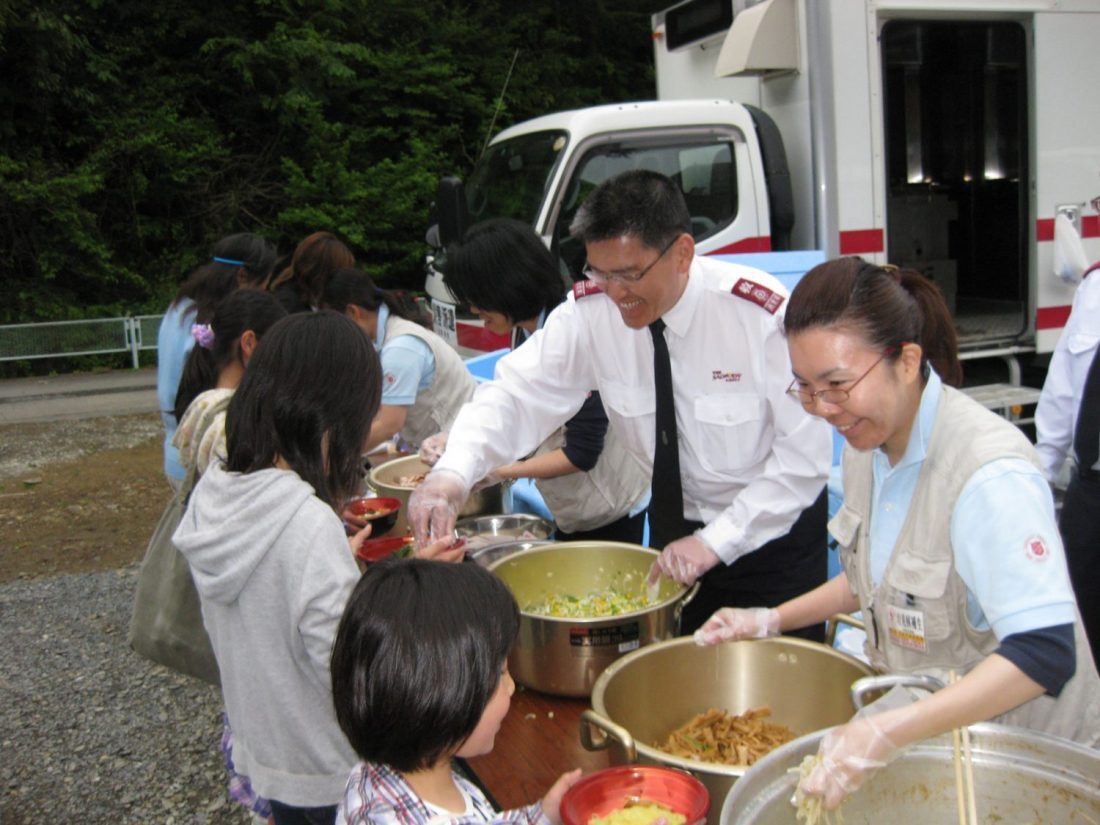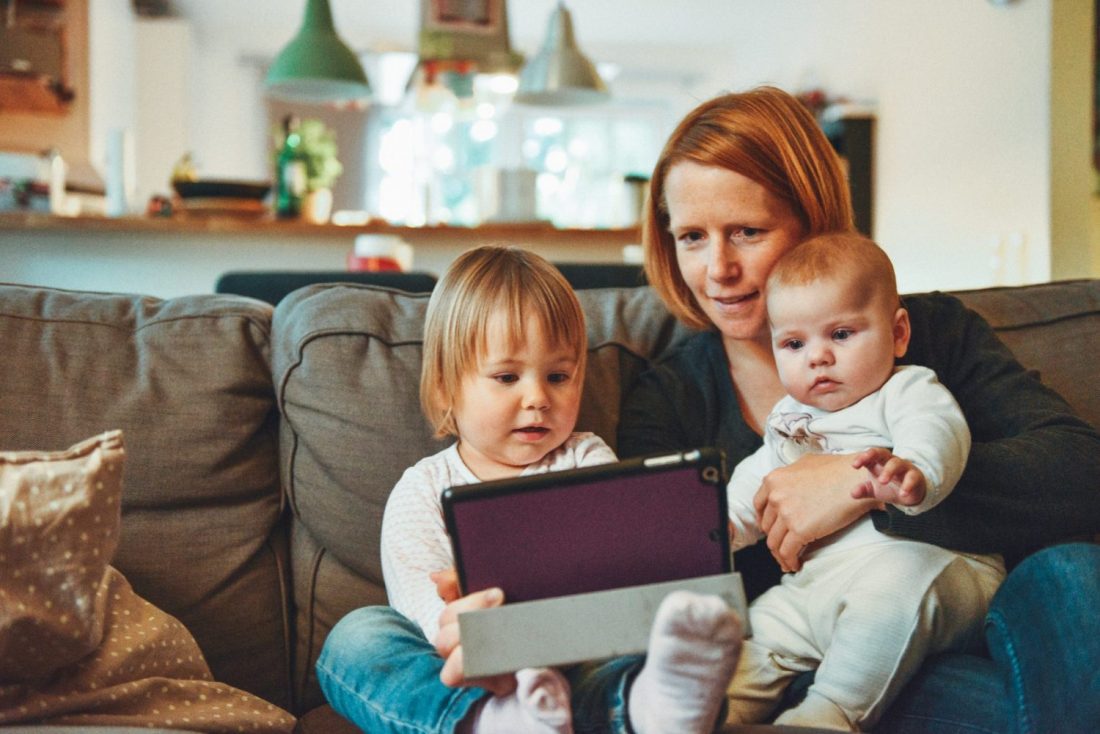The role of community feedback in cultivating a more sustainable future
What does your vision of a better Los Angeles look like? An ambitious, innovative effort called LA2050 eagerly wants to know.
In September, LA2050 launched its third My LA2050 Grants Challenge, a $1 million crowdsourced competition that supports creative ideas from both nonprofit and for-profit organizations, as well as government agencies, to improve Los Angeles.
LA2050, which is supported by the Goldhirsh Foundation, sees itself first and foremost as a powerful collaborative force in the social impact space. The initiative works with partners across the private and public sectors to extend its impact, and has awarded 20 grants totaling $2 million to local organizations in its first two years. It has also activated more than 100,000 members of the L.A. community, who have voted for their favorite grant proposals through the crowdsourced competition.

At the center of this initiative is Tara Roth, president of the Goldhirsh Foundation. The former COO of GOOD, and a doting mother of two boys, Roth has deep roots in media and technology. She believes that together we can change the world with collaboration, bidirectional feedback, and great storytelling.
“We want LA2050 and the work that the Goldhirsh Foundation does to really be guided by Angelenos, for Angelenos,” Roth said.
While taking part in activities like basket-weaving and group walks to iconic L.A. landmarks, around 30,000 Angelenos—including local youth, low-income families, and formerly incarcerated individuals—have shared their thoughts and ideas during a set of community conversations each October called “#LA2050Listens,” which takes place in private and public forums and online.
Based on community feedback gained during the “#LA2050Listens” phase of the initiative, the initial eight indicators of a healthy community defined by academic advisors from UCLA and USC in 2011 later evolved into the five LA2050 goals that remain today.
In tandem with the community conversations, expert roundtables are conducted and their recommendations are combined with the #LA2050Listens sessions to contribute to a shared vision for the future of Los Angeles.
The research, surprisingly, tends to yield similar results, said Roth, and the thoughtfulness and depth of experience that comes out of the community conversations is a powerful tool. “You have ex-convicts saying similar things to experts in transportation and public safety and health,” she said. “It’s really gratifying seeing that there is actually more alignment out there than we think.”
The roots of Goldhirsh, the foundation behind LA2050, are rich in media, innovation and storytelling. The foundation was first funded and endowed by Bernard Goldhirsh, a philanthropist and entrepreneur who started Inc. Magazine. His son, Ben Goldhirsh, took over and re-launched the foundation in 2012. He serves as chairman, and is himself the founder of GOOD, a global community and magazine designed for “pragmatic idealists working toward individual and collective progress.”
“Media and framing a narrative are very important,” Roth said. “And this is something we tell our grantees: there are so many wonderful causes out there that you need to really tell a story well in order to capture a funder’s or a board member’s or a prospective volunteer’s attention.”
LA2050 takes its own advice when it comes to reporting. Each of its reports, including the latest “Vision for a Successful Los Angeles” released in July, explains how far the city has come in meeting each of its five goals with data points and metrics, but it does so in a way that’s compelling and digestible.
This open platform approach extends to all areas of the initiative, which is appreciated by grantees because it’s rare in the foundation world, said Gloria Ohland, policy and communications director at Move LA.
We Are All LA: a socially conscious business network to end women’s homelessness
(submission video by Downtown Women’s Center)
“One of the most commendable things about their process is that it is completely open to the public—the crowdsourcing of the vote on proposals, the big sit-down meals together where grantees can talk about their work and talk to one another, the fact that everything is up on their website and easy to see and read (and with good graphics),” she said.
It can even lead to a greater impact and potentially more funding. “I’ve heard that other foundations look at the Goldhirsh proposals so they can understand who is working on which issues in L.A. and get to know the range of nonprofits—which is a huge boon to the nonprofits and to the other foundations,” Ohland said. “It helps connect us all into a nonprofit community.”
“We know that the only way to make real and lasting impact is by having groups collaborate together,” Roth said. “We try striking a really candid, constructive relationship right from the very beginning.”
One of the areas with the most significant opportunities for change seems to be at the intersection of government agencies and digital innovation.
 Move LA, a 2014 grant recipient, is one such example. By forming a major coalition, the organization was responsible for helping to pass Measure R sales tax in order to provide transportation choices that create more prosperous, equitable, healthy and socially connected neighborhoods.
Move LA, a 2014 grant recipient, is one such example. By forming a major coalition, the organization was responsible for helping to pass Measure R sales tax in order to provide transportation choices that create more prosperous, equitable, healthy and socially connected neighborhoods.
By 2050, the goal is that the percent of commuters taking public transit will increase from 7 percent (in 2012) to more than 35 percent, according to the latest “Vision for a Successful Los Angeles” report released by LA2050 in July.
Though it’s still considered a “dream metric,” by securing L.A. county’s long-term investment in transit infrastructure over the next 30 years, Move LA has helped make increasing the share of transit riders to more than 35 percent countywide “ambitious, but not improbable,” the report said.
The value of community and inclusivity might have been felt on a most personal level by the participants at the Downtown Women’s Center (DWC), an LA2050 grantee recipient in 2014.
Women make up almost a quarter of Los Angeles’ homeless, according to the Los Angeles Homeless Services Authority, and rates of homelessness in Los Angeles County rose to 41,474 in 2015 compared to 35,524 in 2013. The goal of the LA2050 initiative is to have fewer than 1,000 homeless individuals in LA by 2050.
 DWC offers education, enrichment, and employment resources aimed at breaking the cycles of unemployment and homelessness for women of Skid Row. With the grant from LA2050, DWC launched a business coalition, which leveraged established partnerships and cultivated new relationships with local businesses, such as Evy of California.
DWC offers education, enrichment, and employment resources aimed at breaking the cycles of unemployment and homelessness for women of Skid Row. With the grant from LA2050, DWC launched a business coalition, which leveraged established partnerships and cultivated new relationships with local businesses, such as Evy of California.
Theresa, one of the DWC participants, was placed in the LA Kitchen training program—where she is now employed as a chef assistant. “Getting my independence back was a goal that I was determined to accomplish,” she said.
“Our program provides targeted services that meet the specific educational and vocational needs women have voiced,” said Bianca Dobrikovic, director of institutional giving at DWC. “We believe in them, and believe that more empowered women means a stronger society, and more self-sufficient women leads to a stronger economy,”
The need for hitting the reset button also struck a chord with Ohland at Move LA, after much of the public discourse surrounding transportation seems to be focused on L.A.’s troubled past when it comes to smog and gridlock. “At Move LA we say that L.A.’s got new ‘mojo.’ And LA2050 is definitely a part of this—of making us all think differently about the city we live in,” Ohland said.
Roth knows firsthand the value of a new mindset, especially when it comes to rising above unforeseen roadblocks. A Skoll scholar at Oxford University, and an early tech entrepreneur, she’s honed the skills and business savvy required to iterate on good ideas to make them great.
She’s also no stranger to adversity in her personal life. Following a difficult illness, she decided to leave her career in business development and return to her roots in fundraising and philanthropy at Goldhirsh.
She believes that if you’re guided by a philosophy of resiliency—by realizing that with joy there will be suffering—that you can do anything, particularly when it comes to making a difference in the lives of others. No one is immune from tragedy, which “helps us connect on a very human, real level, and it makes our interactions—no matter what we’re doing professionally—more authentic,” she said.
And everyone has a role to play, no matter how small it may seem. “I often have people come to me and say they want to make a transition to the nonprofit sector. You don’t necessarily need to throw out your day job and the experience you’ve had and the wonderful things you’re doing: join a board, volunteer, donate, get involved, vote. Get involved with a local campaign or election,” Roth said.
“We all really need to see ourselves as civic stewards and investees in everyone else’s future.”

















